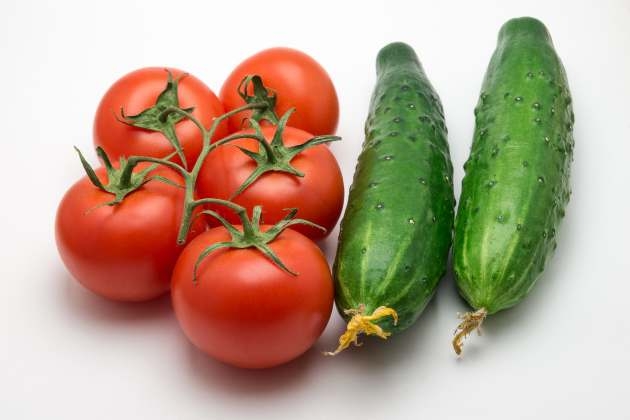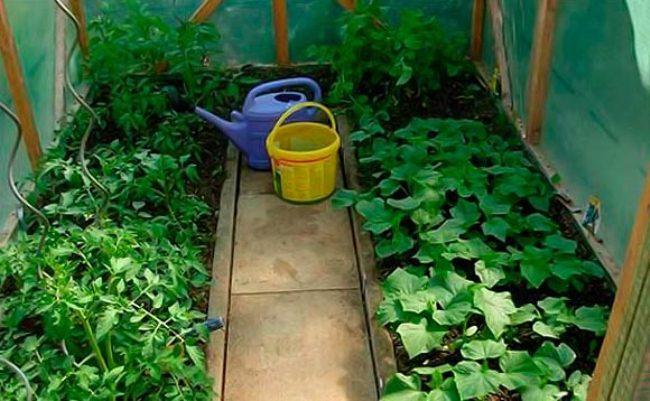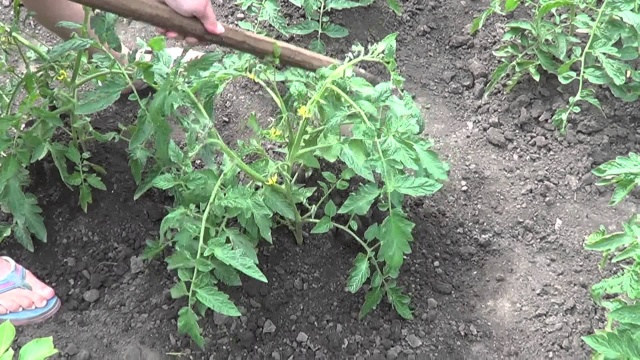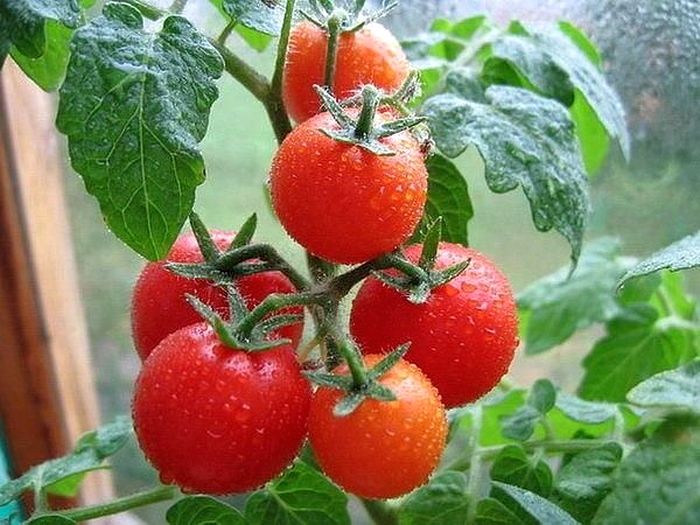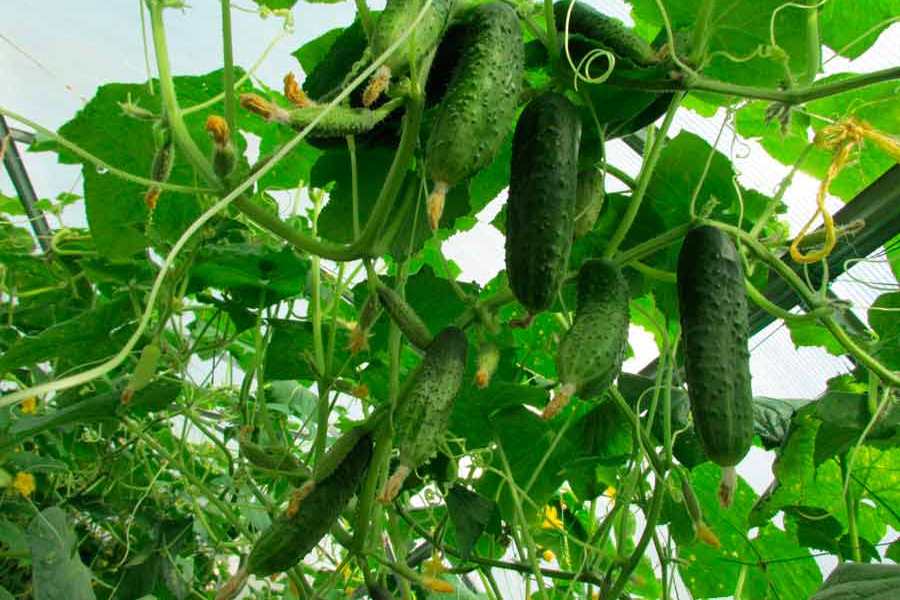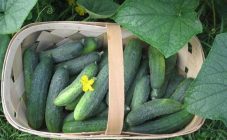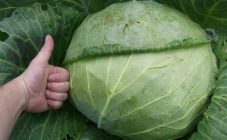Cucumbers are a vegetable crop that came to us from Asia and became quite popular in our country. They can be grown both in greenhouses and outdoors. They are not very picky about leaving. The main thing is to provide them with the correct climatic conditions, establish regular watering and access to the sun, and tie up the shoots at the time of fruiting.
About culture
This vegetable, which is usually consumed in "unripe", that is, green, has a juicy watery pulp. Great for salads, seaming and pickles. It is used in diet menus.
Depending on the varietal characteristics, the vegetable can be of early ripening and medium. It is grown by seedling and seed methods. Vulnerable to low temperatures, its growth occurs at +14 ° C and above. Not picky about the types of soil, but requires feeding it. Tomatoes, peas, corn, early potatoes will be more successful predecessors of cucumbers.
Since this vegetable is most often grown in greenhouses, beginner vegetable growers and gardeners have a question: is it possible to plant cucumbers after tomatoes? Since both plants are greenhouse plants, and growing vegetables requires changing the soil every season, these crops are naturally swapped. Is this action correct?
Is it possible to plant cucumbers after tomatoes
This vegetable requires a mandatory change of place, it is important to choose the right new predecessor, since not all plants can grow well after each other. The process of changing the place of vegetable plants is called crop rotation, this term is relevant both on large agricultural lands and in small areas of amateur vegetable growers.
Since some plants leave behind diseases and pests in the soil, while others draw more useful trace elements from the ground, thereby depleting it, it must be borne in mind that it grew earlier at the planting site.
Since cucumber seedlings grow better in a greenhouse, they mostly alternate with tomatoes. But is it possible to plant cucumbers after tomatoes?
As the experience of many farmers and agronomists shows, yes. It is possible to grow loaches in the greenhouse in which the Solanaceae used to grow.
Tomatoes acidify the earth well, but for cucumbers it is quite harmless. Cucumber seedlings are well accepted and yield good yields when compost is added to the soil that was originally the Solanaceae.
It is good to plant cucumbers after tomatoes, because they are not subject to the diseases that attack Solanaceae (for example, late blight). The only thing that can damage both crops together is fungal diseases that develop in long-stagnant soil.
In the open field, when alternating winding and tomato crops, for a variety and rest of the soil, you also need to plant carrots or beetroots. It is after the cucumbers that it is better to plant peppers.
Loaches will grow poorly if other representatives of the Solanum family immediately grew behind the tomatoes (which means that the crop rotation has not been carried out for more than two years, which has a bad effect on the growth of cucumbers), garden strawberries or strawberries and melons (melons, watermelons, pumpkins).
After the soil is ready, the cucumber seedlings are planted according to the standard pattern. The bushes that have grown at home are tempered by opening the vents and taking the containers with them out into the street. After 3-4 strong leaves appear on them, they are transferred to a greenhouse or open soil. It is important that the temperature outside recovers to + 20 ° C and does not drop below + 16 ° C at night.
The sprouts are planted in holes fertilized with manure with a distance of 50-60 cm between them. After the planting in the greenhouse has occurred, the loaches must be tied up in order to improve access to the future crop and contribute to its growth and ripening.
The bushes need not only be fertilized, but also treated against pests and diseases (even if the soil has been disinfected after tomatoes). For this, the foliage is sprayed with special solutions.
When the crop is harvested, the remaining greenery is removed, the soil must be tilled and prepared for the next sowing season.
Without a doubt, we can say that the answer to the question: is it possible to plant cucumbers after tomatoes, or vice versa, is completely positive. Yes, these crops grow well after each other.
It doesn't matter where: in a greenhouse shelter or on an open ridge, cucumbers grew, after which tomatoes or peppers sit. To put them back in the same place in a year or two. This cultural change is a must.
Such planting is especially often practiced in the greenhouses of the northern regions. Due to the fact that these vegetables are grown there only in greenhouse conditions, they are planted alternately. The soil is simply refreshed and fed before sowing.
Many farmers believe that it doesn't really matter in what order the vegetables are planted in order to grow a good harvest. More importantly, what kind of care will be provided to them, what temperature and light characteristics surround the plant, is the soil healthy, and how fertilizing and watering is carried out.
